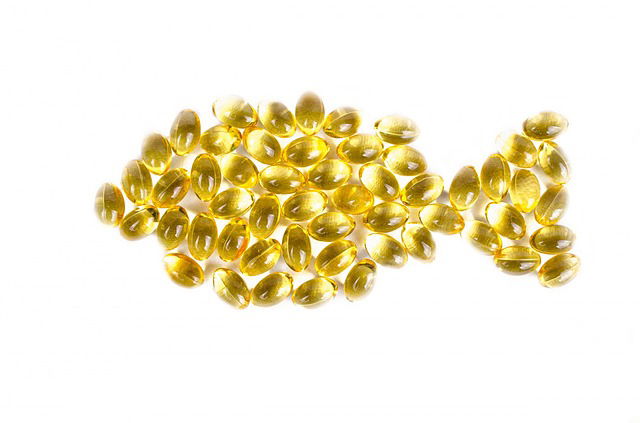
A recent study re-measures vitamin D by improved technology, and researchers find that the Recommended Dietary Allowance (RDA) for vitamin D intake could drop from 800 to 400 International Units (IU) per day.
The study was conducted based on an earlier one done in the winter and spring of 2007 to 2008.
In that study, researchers enrolled 163 healthy postmenopausal Caucasian women.
Their age range was 57 through 90. All women experienced vitamin D insufficiency, the team followed these women for 1 year.
The women were at least 7 years postmenopausal and they had vitamin D insufficiency based on the World Health Organization cutoff (serum 25(OH)D 20 ng/ml or lower).
The participants were randomized to take one of seven vitamin D3 doses: 400, 800, 1600, 2400, 3200, 4000, 4800 IU/day or placebo, for 1 year.
All the women were given calcium supplements to maintain a total calcium intake.
After analyzing the samples and estimating the RDA using the older immunoassay, the authors reported that 800 IU daily would meet the vitamin D intake requirement for 97.5% of the population.
But now that liquid chromatography mass spectrometry (LC-MS/MS) has become the gold standard for measuring 25(OH)D, the researchers have reanalyzed their original samples using this new technology.
They are able to determine a more precise dose-response curve, and they find the RDA for vitamin D is 400 IU daily.
The amount of vitamin D needed, 400 IU daily, is less than the figure recommended by the Institute of Medicine.
The researchers suggest that the RDA is easily achievable with a supplement of 400 IU in winter when vitamin D levels are lowest in North America.
They also suggest that this RDA is for bone health only.
It may be different for other health conditions. Currently, studies looking into cancer, diabetes, and other diseases are ongoing, and people need to wait to have more information about this.
Copyright © 2018 Knowridge Science Report. All rights reserved.



